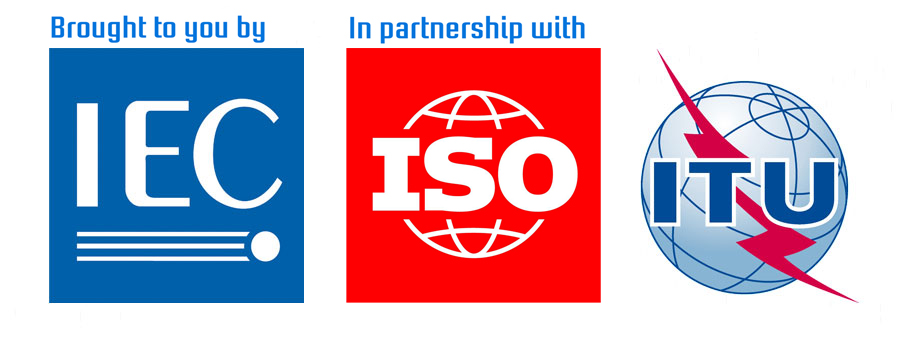Why Helsinki’s innovative on-demand bus service failed
Editors note: This article first appeared in Citiscope.org and is reprinted with permission.
Citiscope is a nonprofit news outlet that covers innovations in cities around the world. More at Citiscope. org and citiscope.org/subscribe.
HELSINKI, Finland — Four years ago, Helsinki launched an innovative bus service as part of a long-term plan to make cars irrelevant.
It was called Kutsuplus — Finnish for “call plus.” And it was one of the world’s first attempts to reinvent carpooling for the algorithm age.
The service matched passengers who were headed roughly in the same direction with a minibus driver, allowing them to share a ride that cost more than a regular city bus but less than a taxi. It was a bit like an Uber for buses — or more accurately, like UberPool — except that Kutsuplus was running for nearly two years by the time Uber got into the ride-sharing side of its business.
Operated by the Helsinki Regional Transport Authority, Kutsuplus was the best-known component of Helsinki’s and Finland’s intelligent traffic system. Ridership grew steadily. But late last year, Helsinki authorities shut down Kutsuplus, deeming its cost to taxpayers too high. The blue minibuses picked up their last passengers on December 31.
Judging by online reactions, there was something special about Kutsuplus. Melancholy tweets from riders seemed to lament the loss of a service that was too good for this world.
While fans of Kutsuplus are out of luck for now, transit riders in U. S. cities such as New York, Chicago, Boston and Kansas City are benefitting from new “on-demand transit” options that Helsinki helped to inspire. In fact, a service in Washington, D. C. known as Split merged with Ajelo, the Finnish startup that developed the software behind Kutsuplus. A team in Washington runs the system’s day-to-day operations while engineers in Helsinki continue to manage the back end.
Split’s CEO, Ario Keshani, says it was a shock when he traveled to Helsinki last month and there was no Kutsuplus to call for a ride. “It’s sad in some ways, because Helsinki was the innovator when it came to this,” Keshani says. “But at least the flag is still carried here.”
What can the demise of Kutsuplus teach other cities? To answer that question, it helps to look at how the system got started.
Applied research
The roots of Kutsuplus go back almost a decade, when a publicly funded research project looking into new modes of public transport started at Aalto University. The researchers wanted to overcome one of the intrinsic limitations of Helsinki’s mass transit system: The subway has limited reach, and most bus routes run in a north-south direction. That means east-west trips can be especially difficult to make by transit.
The research led to a pilot project that started in 2012. Ajelo developed software and a routing algorithm that could take in data about a fleet of buses, traffic and trips requested, and calculate optimal routes. The transit authority paid the drivers and operated the buses, which eventually grew to a fleet of 15.
For passengers, the system was fairly straightforward. You would log onto a website, top up your account, select the starting and ending points for your journey, and walk to the closest bus stop to wait for the pick up. The average fare in 2014 was around €5 — about US$5.50. By comparison, a single ride by bus or metro is €3. Taxi fares start at €6 and can go much higher depending on the distance traveled.
The project had two main targets: assessing technological feasibility and user acceptance. Judged on these goals, it was a success.
“The research proposal tackled a number of different problems and we were able to solve them to a surprising degree,” says Sampo Hietanen, who until recently worked at ITS Finland, a nonprofit that promotes intelligent transport systems. “We made some wild promises, such as predicting arrival times. That’s not really something you can control yourself, because congestion and other circumstances affect it too.”
Riders took to it. The growth rates matched what the researchers had projected: Eventually the system had 21,000 registered users.
“We wanted to verify if Kutsuplus was a service that could compete with private car ownership,” says Kari Rissanen, who managed the project at the Helsinki Regional Transport Authority. “Obviously, everyone was welcome to ride Kutsuplus, but that was what the service design aimed at.”
It’s hard to say whether Kutsuplus actually convinced anyone to give up their cars. Rissanen says private car usage grew in Helsinki until 2008 and then went flat — but the reasons for that may have more to do with the slow economy.
Scale and subsidies
Two things ultimately killed Kutsuplus. First was the need for massive scale to make the economics of ride-sharing really work. Second was the significant public cost of doing that.
The transport authority had big expansion plans for Kutsuplus. From the original 15 buses, the fleet was to grow to 45 vehicles in 2016, 100 vehicles in 2017, and later into the thousands.
Achieving scale with this model is crucial in order to optimize trips across an entire fleet. With a small number of buses and users, it’s more difficult to match up passengers who are going in the same direction around the same time. This explains why Kutsuplus buses were frequently close to empty. The two times my family and I used Kutsuplus, we had the bus to ourselves.
The math looks different if you add lots of riders and lots of buses. Scaling up to 100 vehicles would have increased the efficiency of Kutsuplus threefold, Rissanen says. Hietanen agrees. “There’s a huge difference between mass transit that works in some areas some of the time, and mass transit that works everywhere all the time,” he says.
Scale could not come without funding, however — and in an austere budget environment, that was a problem. Although the €3 million it cost to run Kutsuplus was less than 1 percent of the Transport Authority’s budget, the service was heavily subsidized. The €17 per-trip cost to taxpayers proved controversial.
Rather than investing many millions more into Kutsuplus to bring it to scale, city officials backed away. They let the pilot come to an end. Rissanen wasn’t happy with the decision.
“The minibuses were meant for high-volume usage,” Rissanen says. But the politicians “got scared and didn’t want to invest in it in an economic downturn.”
Public or private sector?
The proponents of Kutsuplus aren’t shy about pointing out the system’s weaknesses. The user experience was rudimentary. There was a separate user account and wallet that you had to transfer funds to. There was no mobile app. And there was no possibility of booking a ride more than an hour in advance.
“Kutsuplus isn’t a panacea,” says Rissanen. “You won’t fill up a bus with passengers who’ve all got their own customized trip.”
Still, from interviews with the people involved, it’s clear they consider Kutsuplus a success that was nipped in the bud.
“It never really got past minimum viable product stage,” says Hietanen. “Understandably, the Transport Authority didn’t want to overpromise in the beginning. But you have to do these things at full tilt or not at all.”
There’s been talk of finding a new life for Kutsuplus — perhaps run by a private company, as many of the new on-demand transit startups are. Moving the enterprise out of the public sector would improve the economics of the model, if only because drivers could be paid less. “It’s clear as a day that if taxis can make a profit, then Kutsuplus could do it was well,” says Rissanen. “If we got to Uber levels — with a very cheap car and a very cheap driver — it would be minting money.”
David King isn’t so sure about that. King is a professor at Columbia University in New York who has been studying this sector of transportation startups. While he agrees that private-sector enterprises have an advantage in being able to drive down drivers’ wages, he says anyone trying to do what Kutsuplus did faces the same problem with getting big enough to actually make it work.
“There’s a lot of actors and firms moving into this industry,” King says, “though I’ll be surprised if most of them succeed.”
Christopher Swope contributed reporting to this article.


